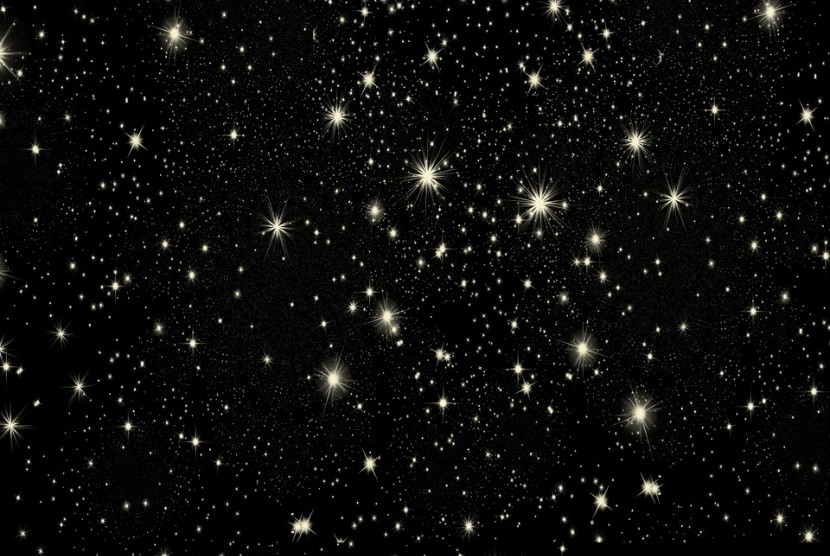The sun contains 67 different elements.
REPUBLIKA.CO.ID, JAKARTA — Have you ever held a gold bar in your hand? Not a bit of jewelry, but a big size. If you have, you’ll quickly understand what motivates people to look for it and where it comes from.
Gold is known to come from stars. Hydrogen and helium are the elements present in the majority of stars. However, stars contain other elements known to astrophysicists as stellar metallicity.
Our sun is very metallic, containing 67 different elements, including 2.5 trillion tons of gold. Astronomers have discovered bintang by far the most common 65 elements found in other stars. One of them is gold.
In the vicinity of the Milky Way Galaxy, there is a fairly bright star named HD 222925. This star is located close to the constellation Tucana (Toucan) in the southern sky.
Astronomers call it the “gold standard” star, because it provides the best opportunity to investigate how stars produce some of the heaviest elements in the Universe. The r-process, or fast neutron capture process is the name for this method.
A recent study provides a chemical inventory of all elements produced by the r-process for HD 222925. The title of the study will be published in the Astrophysics Journal Supplement Series and available online at arxiv.org. Ian Roederer, an astronomer at the University of Michigan is the lead author.
HD 222295 is a metal-poor r-process enhanced star. This star has high metallicity, which means it contains many elements other than hydrogen and helium but not many of them by mass.
This is not the first time it has been found. CS 22892–052, commonly known as Sneden’s star, has 53 chemical elements in it.
However, HD 222295 is significantly brighter in UV than Sneden’s star which makes spectroscopic observations easier. The researchers were able to identify 65 different components in this way.
“To my knowledge, that’s a record for any object outside our Solar System. And what makes this star so unique is that it has a very high relative proportion of the elements listed in the lower two-thirds of the periodic table. We even detected gold,” Roederer said Universe Today.
“These elements are formed by a fast neutron capture process. That’s really what we’re trying to learn: physics in understanding how, where, and when the elements are made.”
–


